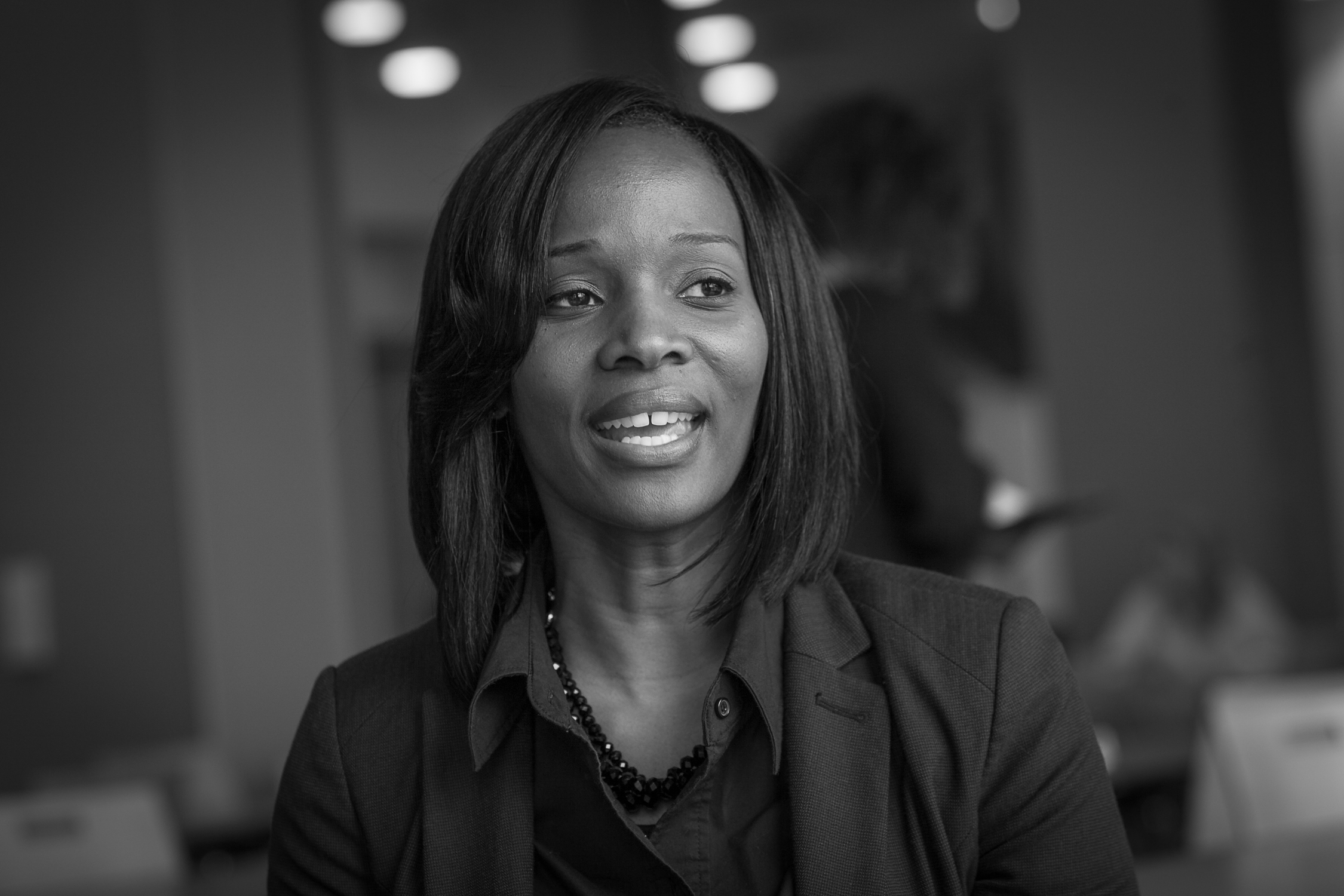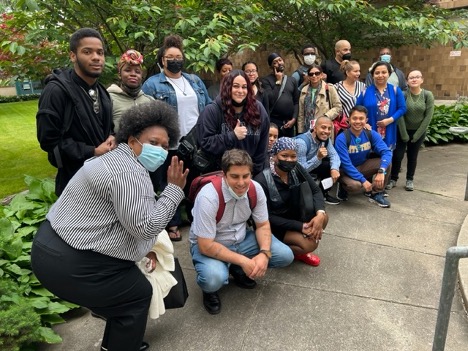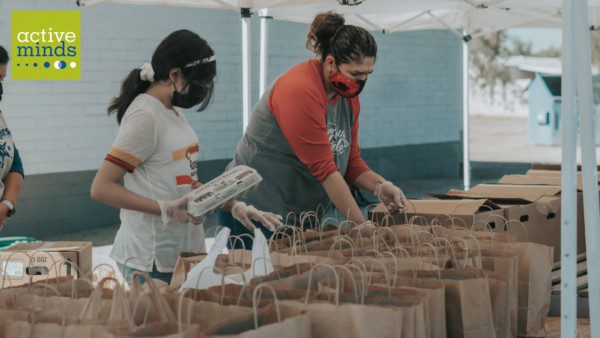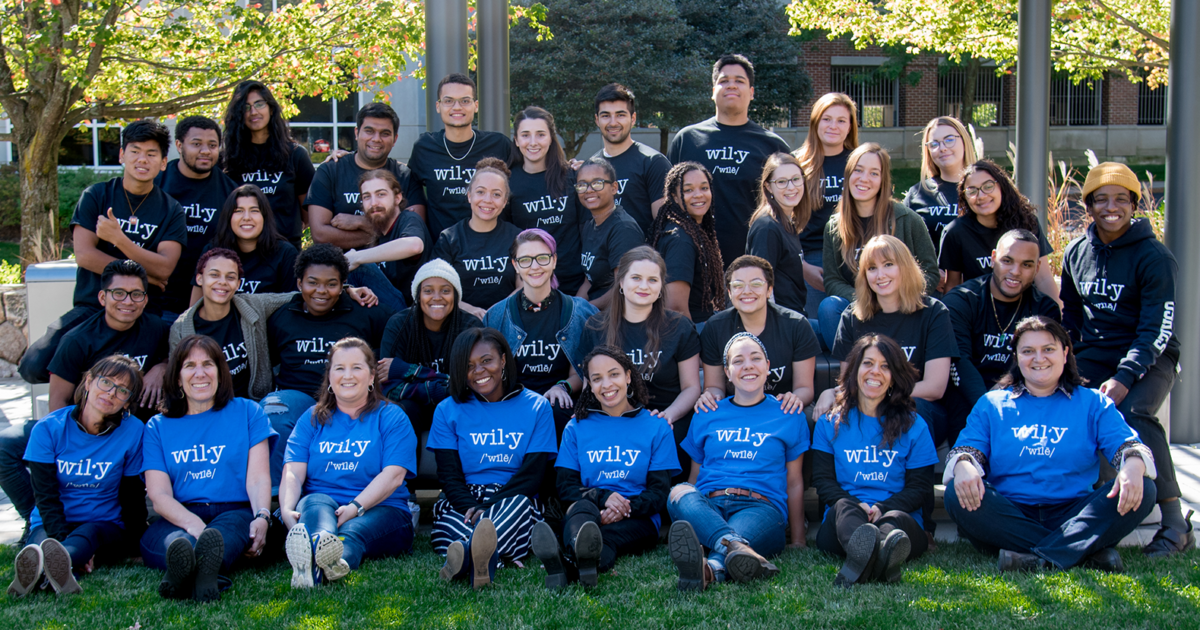As the Director of Higher Education Initiatives for NEAHCY, Cyekeia Lee is dedicated to helping homeless students graduate from college
When Cyekeia Lee first learned about National Association for the Education of Homeless Children and Youth (NAEHCY), it was to gain more knowledge in supporting homeless college students at the university where she worked. At the time, NAEHCY had a volunteer Higher Education Services Committee, but no one staff member dedicated to working with homeless college students. With a Masters in Counseling and a background in financial aid, Lee would later become NAEHCY’s first Director of Higher Education Initiatives. It was a case of “right person/unprecedented need” when she took on NAEHCY’s effort to build a state-by-state support network for the growing number of homeless students struggling to obtain their college degrees.
More than 58,000 college students identified as homeless on the Free Application for Federal Financial Aid in for the 2012-2013 academic year. And that is only the number that received a homeless status determination from a shelter, school district, liaison, or financial aid administrator. Many others, who sleep in cars or on friend’s couches, are unofficially and periodically homeless. Lee knows this population well. She’s worked with foster kids and runaways. She knows of their trauma and their resilience. What she would soon learn is how much more is needed to support these kids in their college journey.
Lee’s personal and professional mission is to see these students (and many more behind them, given the increase in homeless elementary students) get into college and stick with it, despite their seemingly insurmountable odds. What keeps her focused is their will, despite their circumstances, to better themselves through education.
Mary Christie Foundation: When you think of college students, you don’t think of homelessness. Is that part of the problem?
Cyekeia Lee: Yes. People often have a hard time grasping what homelessness looks like and what the new face of homelessness is. If you say the word “homeless,” you instantly have an image that pops up in your mind — the elderly man or woman on a bench in multiple coats, pushing a grocery cart. I think that’s what a lot of us imagine.
It doesn’t trickle down that it’s young people who look just like everyone else. They’re in their yoga pants or jogging suits, they’re clean, they have a book bag. I always tell people to look out the window at their own college campus and you will see there are homeless students out there. It doesn’t go with a certain gender or race or age.
MCF: Why are we seeing an increase in homeless students?
CL: There are many ways that students can become homeless. It could be fleeing abuse, neglect, or domestic violence at home. A lot of the students we work with have gone through horror stories. A lot of kids are aging out of foster care.
It’s also not just low-income folks. We have some people from middle-income families, but then mom had a drug addiction, and that caused everything to spiral and go downhill from there.
The economy also plays a big role. There are 1.3 million children identified as homeless in the K-12 system — that’s a 100 percent increase since the recession. Some of those students who were younger at that time are now crossing into higher education. Families lost homes, people lost jobs, parents got divorced, and kids got caught up in all that.
However, some of these families have lived in dire circumstances for generations. The recession has certainly played into it, but there are so many students whose families never had a home to lose to begin with.
MCF: How does NAEHCY go about supporting homeless college students?
CL: My goal is to see these students succeed in getting into school and graduating with their goals met. The process starts well before that. We get an annual report from the department of education, and we look at places that have the states that have the highest number of homeless students. These are students who have checked the box on their FAFSA or the states that have the highest number of homeless children in secondary school.
I start by looking at the K-12 system, the state coordinators for homeless children and youth, and then the school district McKinney-Vento [The McKinney-Vento Education of Homeless Children and Youth Assistance Act] liaisons who work with homeless students. What I really want to do is catch those students before they get on to higher ed, before it’s a little too late, in my opinion. Sometimes you’ll have a college sophomore who never received services on the k-12 ladder because they were never identified or didn’t have the hand-holding they needed.
I can’t tell you how many times I talk to students and they’ll say, ‘I never told anybody this,’ they just never had the courage. And I’m thinking, you missed out on free lunch, you missed out on transportation, you missed out on having clothing. You could’ve still been on the basketball team and got transportation to and from practice and the games or for tutoring. They miss out on so much and then they’re really trying to figure it out on their own.
So we’re looking at the wide spectrum and trying to think, How do we address this all across the board?
So I start there. That’s when I say, ‘Okay, if there’s a state department of education, let’s reach out to them,’ or ‘Let’s go ahead and start looking at the universities and who the state coordinator for homeless children and youth already works with in that state.’
I know we want to work with Wayne State University in Detroit, Michigan, what are the other direct services and supports already on campus? Who is already talking to these students? Who may already be on food assistance or may already be in a shelter?
Then we ask: Who is still missing from the table? Do we need to invite others who provide resources and services to children and youth? Do we need someone from the shelter across the street? Do we need policy makers? The students themselves? We know as adults what we want for these young people, but what do they want?
One of the first areas we look at is how to navigate the admissions and financial aid process. Many of these students have worked hard to graduate high school. They’re being told they need a degree to get a better job. They have the will to go, but they have a lot of barriers in the way starting with paperwork and access, particularly around financial aid.
Once they are there, there are supports, but they need to know how to get them. They may have a question about aid or academic advising or their health, and they’re making phone calls all around the place.
MCF: Tell us about your helpline.
CL: The helpline was put in place to support students who may have questions like, ‘How do I complete the FAFSA? I don’t have parents, I don’t know what the correct answer is when they ask about taxes.’ Or it may be a higher education professional calling to say, ‘Hey, I’ve got a homeless student in the office and I really don’t know what to do. Can you tell me how to process a determination of this student’s homeless status, or help me connect the student to a homeless shelter or food bank?’
With the helpline, people can call, they can email, and now they can even text to get assistance.
MCF: What can colleges and universities do better?
CL: A lot of it is about educating the campus so that they can create a culture to be more supportive of these students, and students with food insecurity as well. Colleges need to recognize that these students exist on their campus and know that they’re only going to get more of them.
This isn’t a challenge that’s going away. The homeless numbers are not going to go down. I always tell administrators, if you think you only have one student in this situation right now, as the years go by and we continue impressing the need for college upon students, those numbers are only going to increase.
One thing that campuses can do is have a supportive college administrator who is the single point of contact for homeless students. Part of what we’re asking for in legislation is for people to identify that person, and for the government to say that colleges and universities need to have this resource on campus.
Schools should also look at what resources are already on their campuses. Some may already have dorms that they can extend to year-round housing or a food bank that they can connect students to. So it’s not only implementing that point of contact. It’s also looking at what you have on your campus and what’s missing.
MCF: What about mental health?
CL: This is a really big issue for these students. People do not realize the amount of trauma some of these students have experienced. Some schools are great at it. They get it, down to the tone in their voice, they know about resources. In other places, the people these students interact with have no clue how to deal with mental health issues.
So it’s hit or miss. That’s why the point of contact is so important, whether it’s a social worker or someone who has worked at a nonprofit that focused on domestic violence, who knows how to work with these students and connect them to resources.
We have a long way to go; some people just don’t understand when students feel guilty that they have a meal plan, but their siblings don’t have anything to eat. Some people just don’t know what to say or what to do.
MCF: What can the government do?
CL: I would say that we don’t have the necessary weight on the government that we should have. We’ve been working with [Washington] Senator Patty Murray’s staff on the Increase Access to Higher Education for Homeless and Foster Youth legislation. It’s calling on schools to have stronger systems in place to put housing plans together for homeless students. It doesn’t mean paying for it or necessarily keeping the dorms open, but just looking at all possibilities on and off campus.
Another part of this legislation, when it passes, would be the government saying that colleges need to have that point person on campus I mentioned to coordinate services for homeless students. It was recently re-introduced and we’re hopeful, but sometimes things move slowly.
MCF: What do you think keeps these student going?
CL: These students are the most resilient group of students I’ve ever worked with. Some of them have slept in their car in the winter in Boston or Detroit. When you can battle that storm, everything else that comes your way becomes a little bit easier. Five students that I’ve mentored have experienced homelessness, and all of them have a master’s degree under 25. All those closed doors really drive them to move forward.
It is really important to remember that these are the students that are so responsive to encouragement from teachers. It’s that second-grade teacher who tells them they’re talented or that sixth grade teacher who encourages them to think about college.
For assistance with issues related to students experiencing homelessness accessing higher education, you can contact the NAEHCY Higher Education Helpline by calling 1 (855) 446-2673 (toll-free), emailing highered@naehcy.org or texting “NAEHCY” to 335577.




